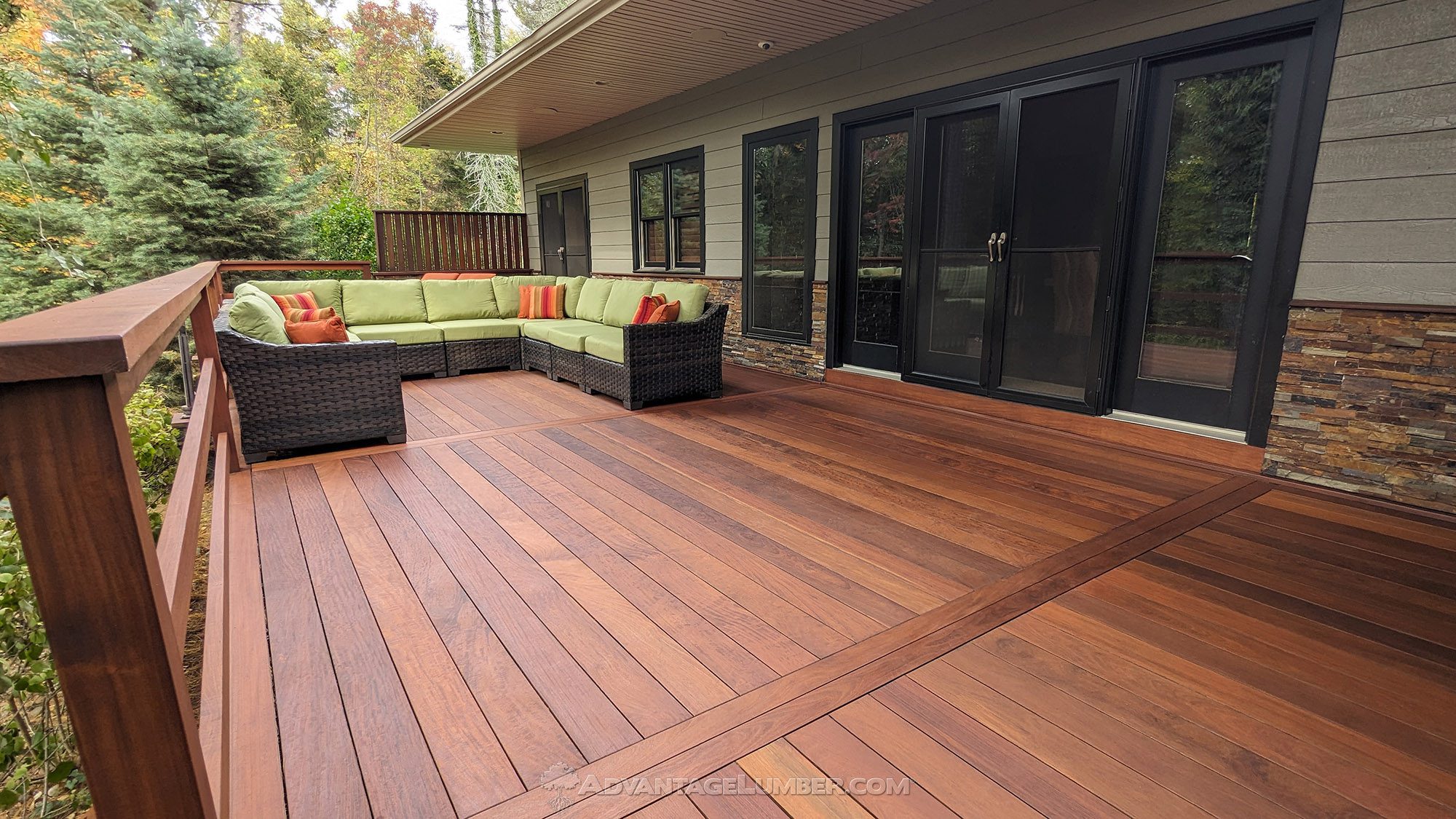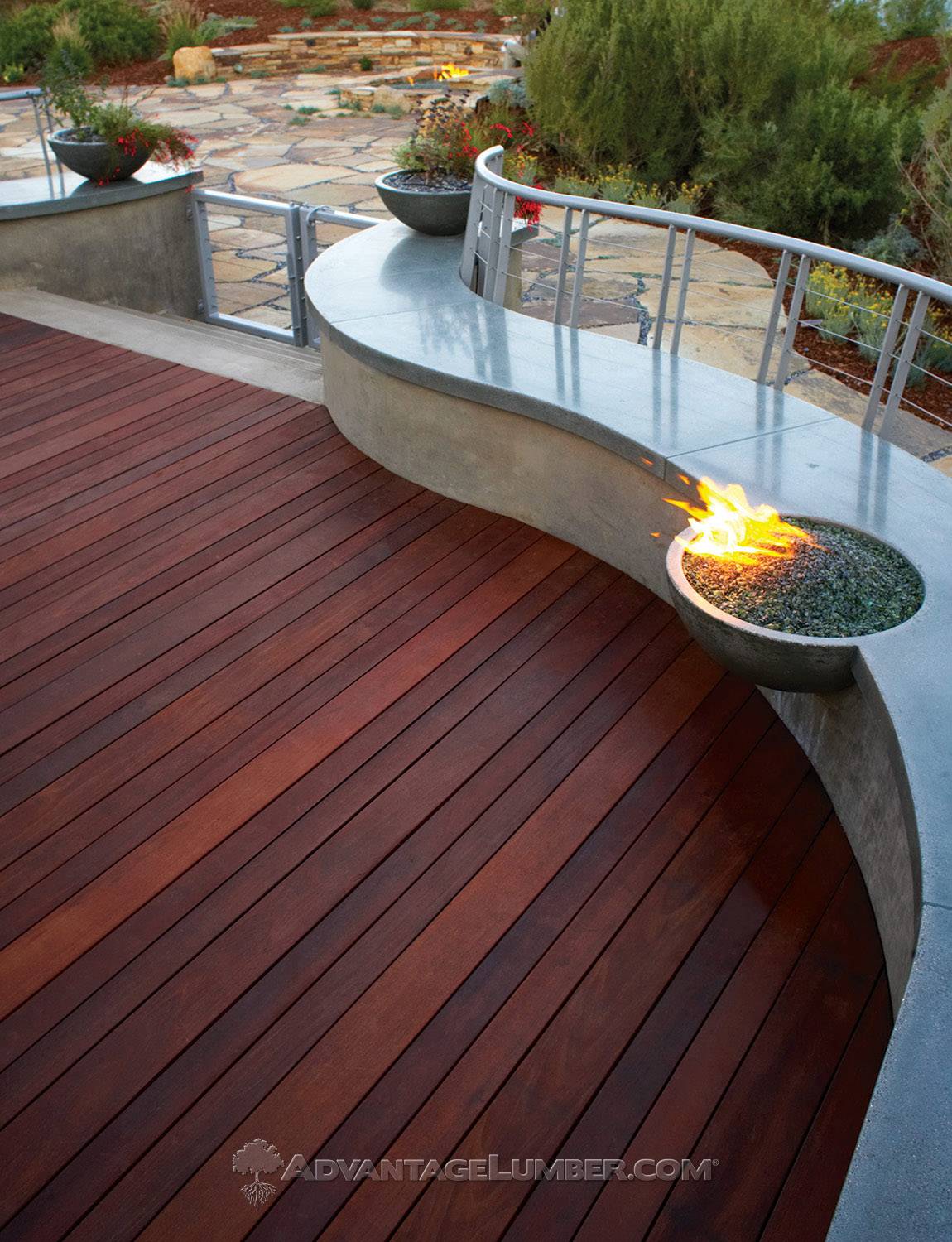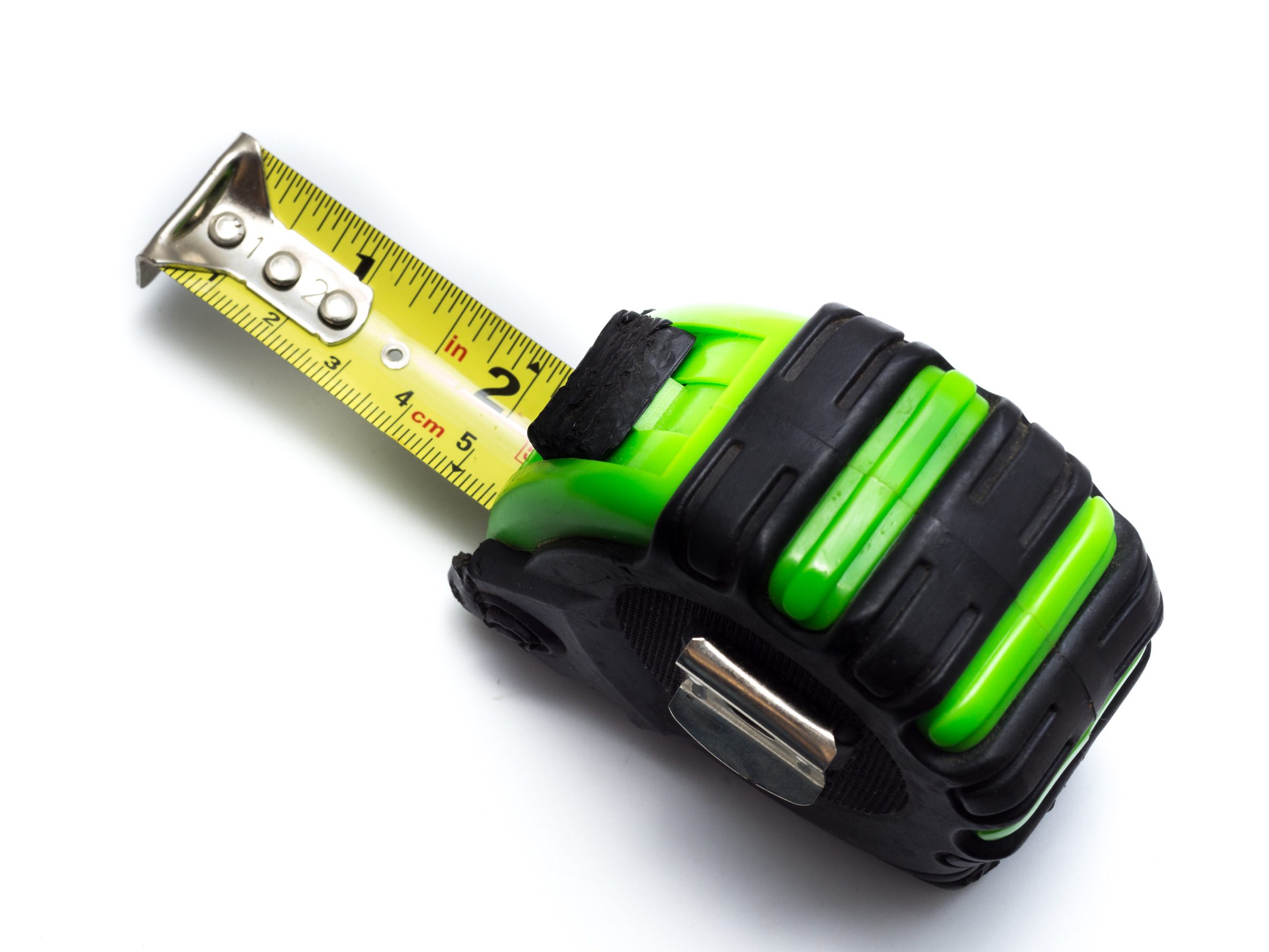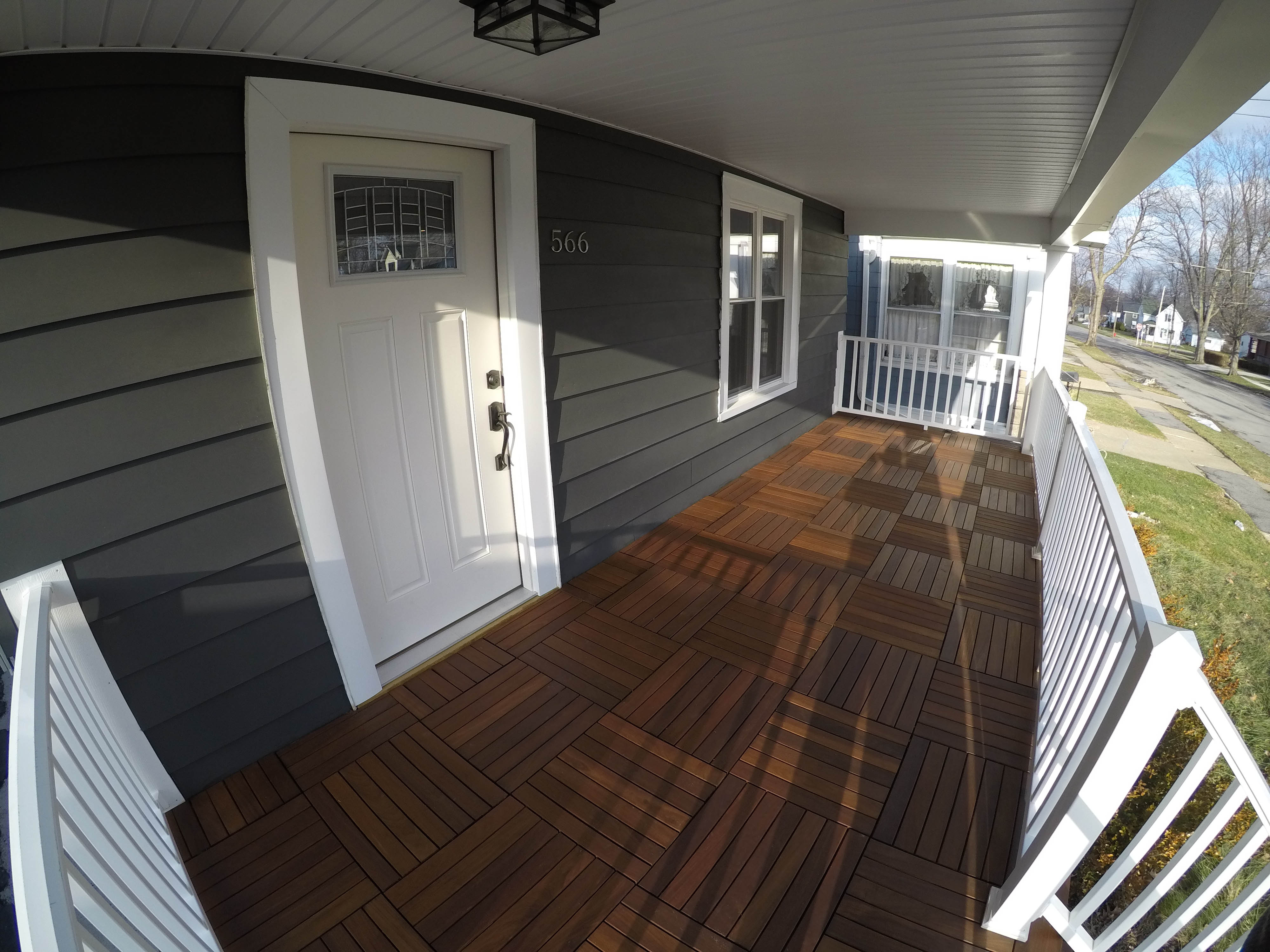Spring is sweeping across the country, and before long you’ll be enjoying balmy summer evenings in your backyard. Now’s the time to upgrade your outdoor living space.
Home improvement spending across the U.S. has risen dramatically. Since the 2008 financial collapse, the industry has been on a steady recovery, and Harvard University’s Joint Center for Housing Studies predicts this growth will continue through 2014. Already, home improvement spending is estimated at $144.7 billion, up from $127 billion this time last year. That kind of cash brings outdoor renovations in line with bathroom and kitchen remodeling. It seems everyone agrees: the time to build the deck of your dreams is now, and AdvantageLumber.com is ready to help.




